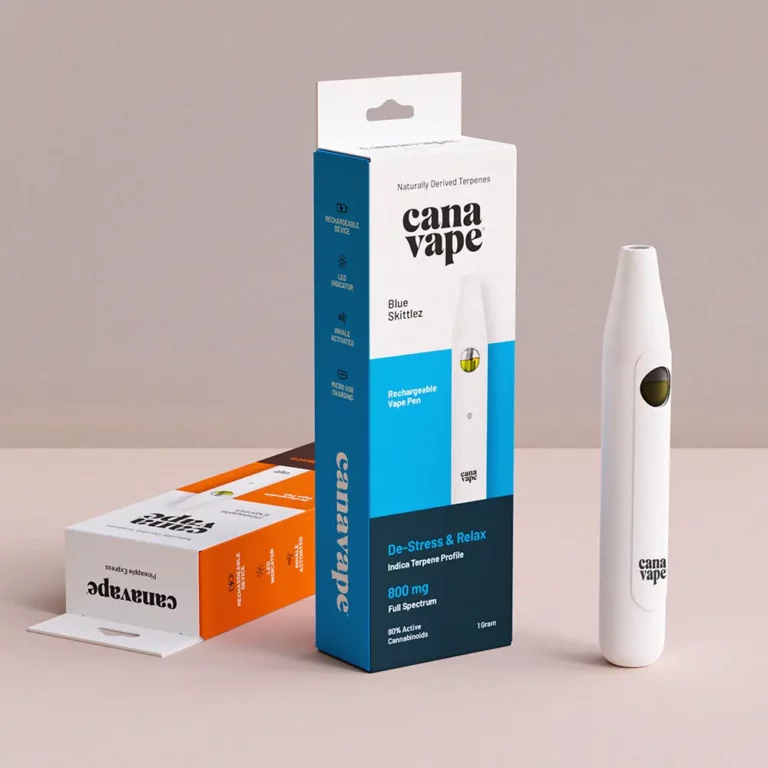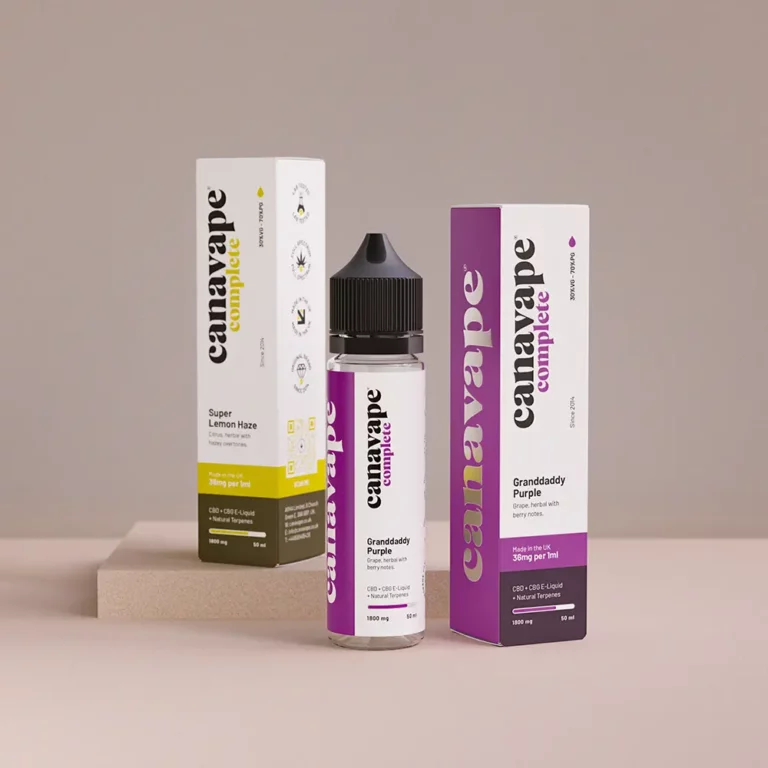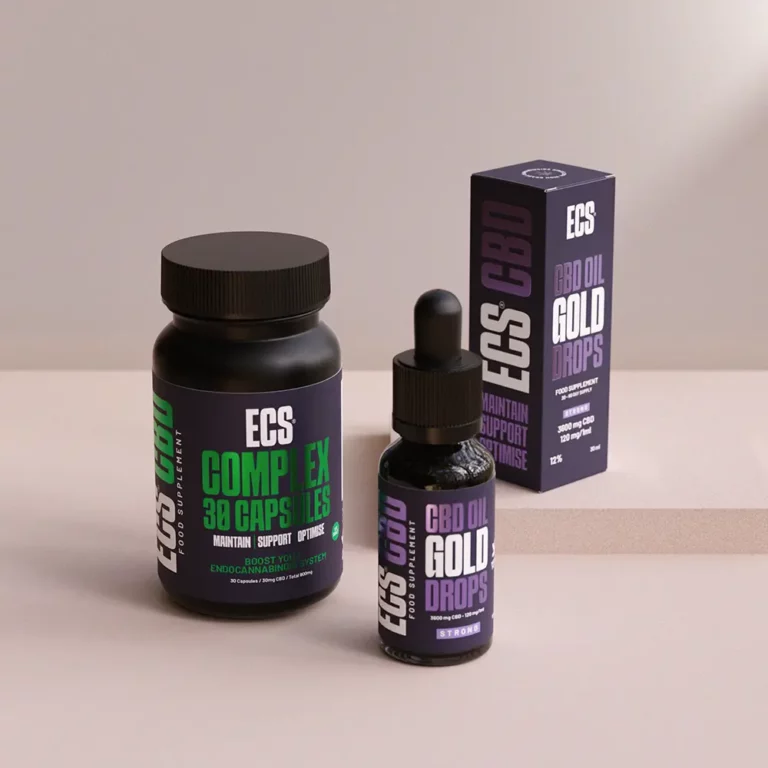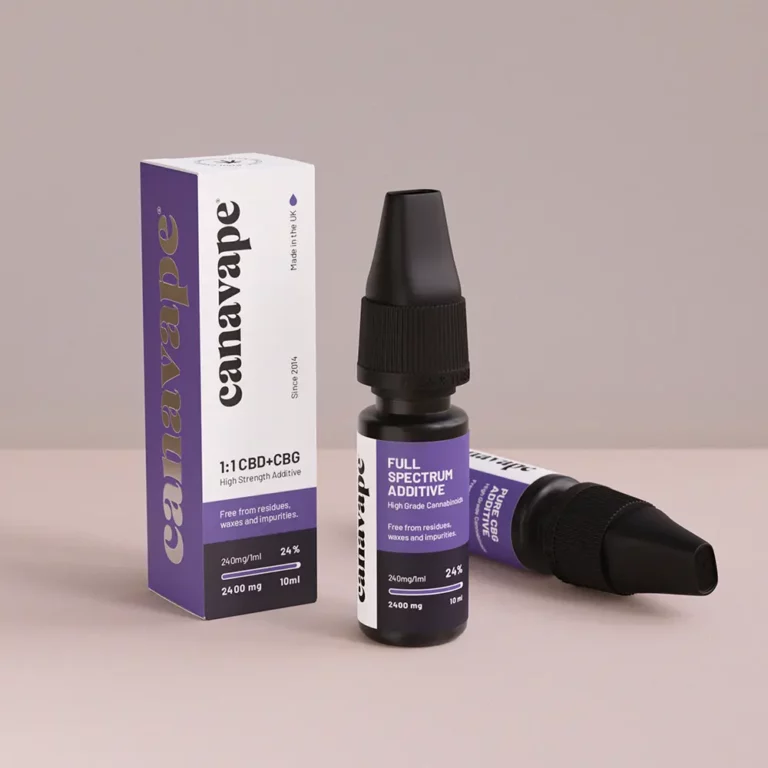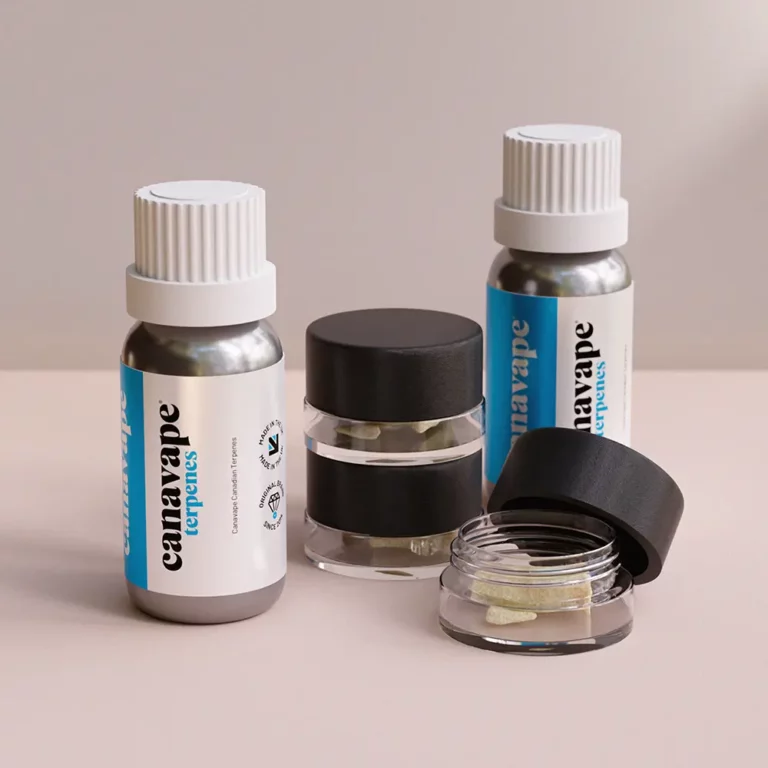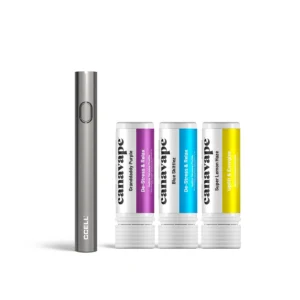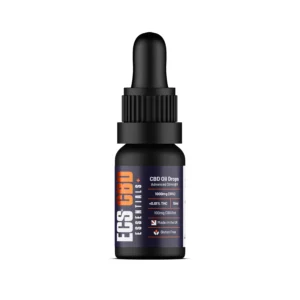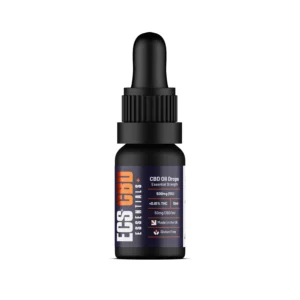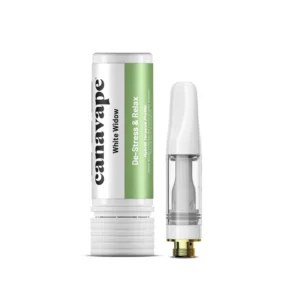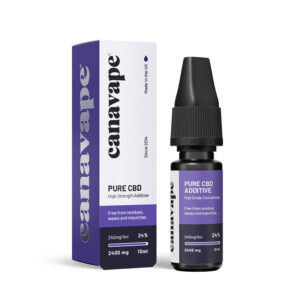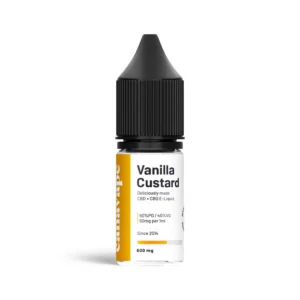When it comes to consuming CBD oil, many individuals find the natural taste to be quite earthy and bitter. However, with a little creativity and some simple techniques, you can easily transform the flavor of your CBD oil to make it more enjoyable and palatable. In this guide, we will explore various methods to flavor CBD oil and enhance your overall experience.
Understanding CBD Oil and Its Natural Flavor
CBD oil is derived from the hemp plant and contains the beneficial compound known as cannabidiol (CBD). While CBD offers numerous potential health benefits, the natural flavor of CBD oil can be an acquired taste for some individuals. The earthy and bitter notes are a result of the plant’s natural compounds, including terpenes and cannabinoids.
However, it’s important to note that the taste of CBD oil can vary depending on factors such as the extraction method, hemp strain, and additional ingredients used in the product. Some CBD oils may have a milder flavor profile, while others may be more potent and pronounced.
Methods to Flavor CBD Oil
1. Infusing with Natural Flavors: One of the simplest ways to flavor CBD oil is by infusing it with natural flavors. You can achieve this by adding a few drops of your favorite food-grade essential oils such as peppermint, lemon, or lavender to your CBD oil. Remember to start with a small amount and gradually increase the flavor intensity to your preference.
2. Mixing with Beverages or Food: Another effective method to mask the taste of CBD oil is by mixing it with your favorite beverages or food. You can add a few drops of CBD oil to your morning coffee, smoothies, or salad dressings. This way, the flavors of the other ingredients can help to balance out the taste of CBD oil.
3. Creating CBD Infused Recipes: If you enjoy cooking or baking, you can incorporate CBD oil into your recipes. From CBD-infused brownies to salad dressings, there are numerous recipes available online that can help you create delicious and flavorful CBD-infused treats.
4. Using Flavored CBD Oil: If you prefer a hassle-free option, you can opt for flavored CBD oils available in the market. These oils are already infused with various flavors such as mint, citrus, or berry, making them more enjoyable to consume without the need for additional flavoring.
Key Principles for Flavoring CBD Oil
1. Start with High-Quality CBD Oil: Ensure you begin with a high-quality CBD oil that is free from additives and contaminants. This will provide a solid foundation for flavoring and ensure you are working with a pure and potent product.
2. Experiment with Different Flavors: Don’t be afraid to experiment with different flavors and combinations to find the perfect taste for you. Everyone’s palate is unique, so what works for one person may not work for another. Be open to trying new flavors and adjusting the intensity to suit your preferences.
3. Gradually Add Flavor: When flavoring CBD oil, it’s best to start with a small amount of flavoring and gradually increase it until you achieve the desired taste. This allows you to have better control over the flavor intensity and prevents overpowering the natural taste of CBD oil.
4. Consider the Concentration: Keep in mind the concentration of CBD oil when adding flavors. If you have a highly concentrated CBD oil, you may need to adjust the amount of flavoring accordingly to maintain a balanced taste.
Conclusion
Flavoring CBD oil can significantly enhance your overall CBD experience by making it more enjoyable and palatable. Whether you choose to infuse natural flavors, mix it with food or beverages, or opt for pre-flavored CBD oils, there are numerous ways to mask the earthy taste and create a flavor profile that suits your preferences. Remember to start with high-quality CBD oil and experiment with different flavors to find the perfect combination that enhances your CBD journey.
